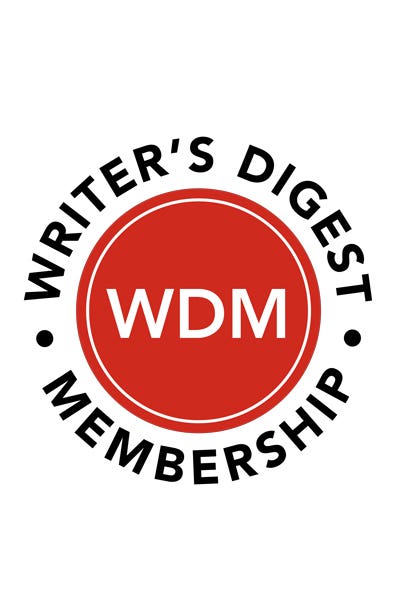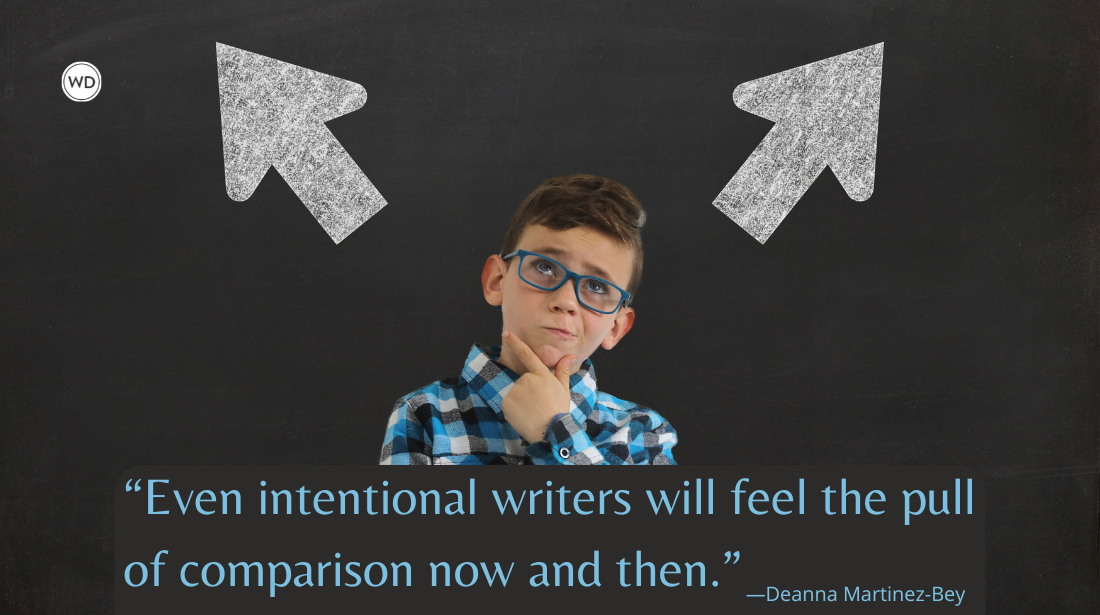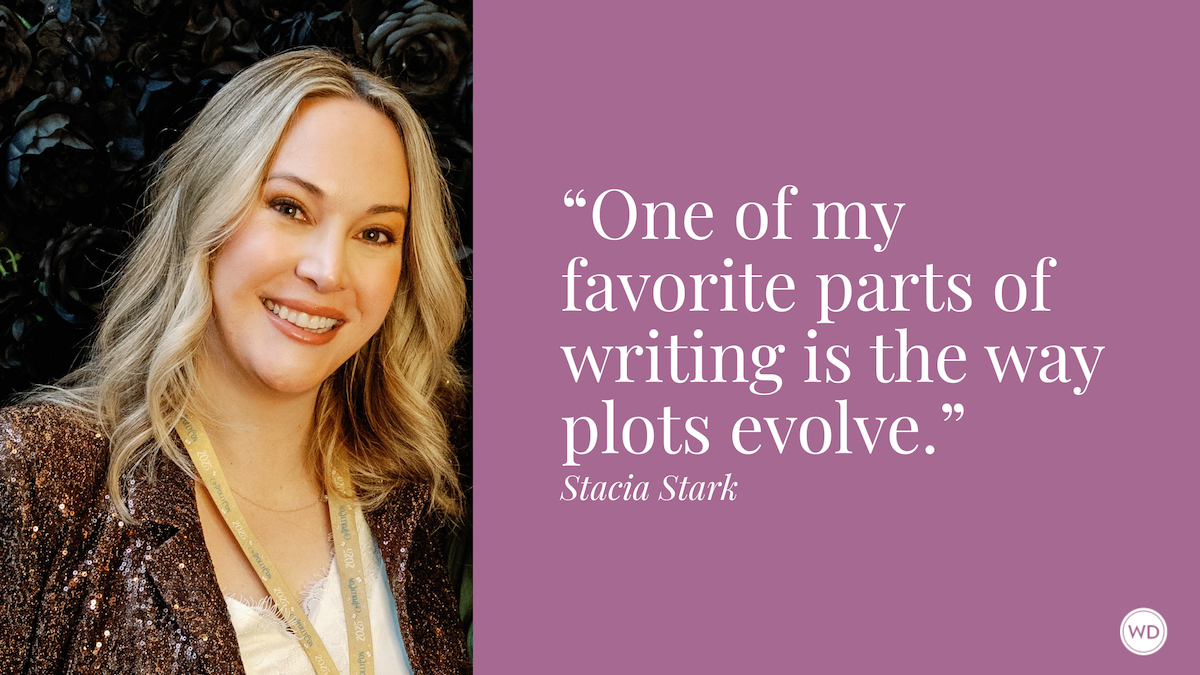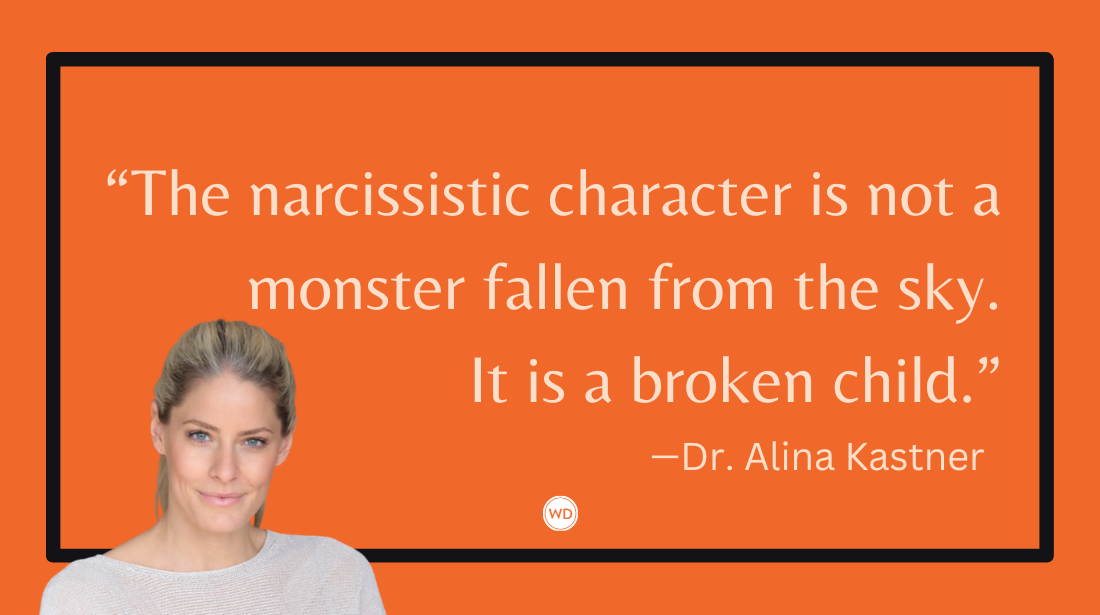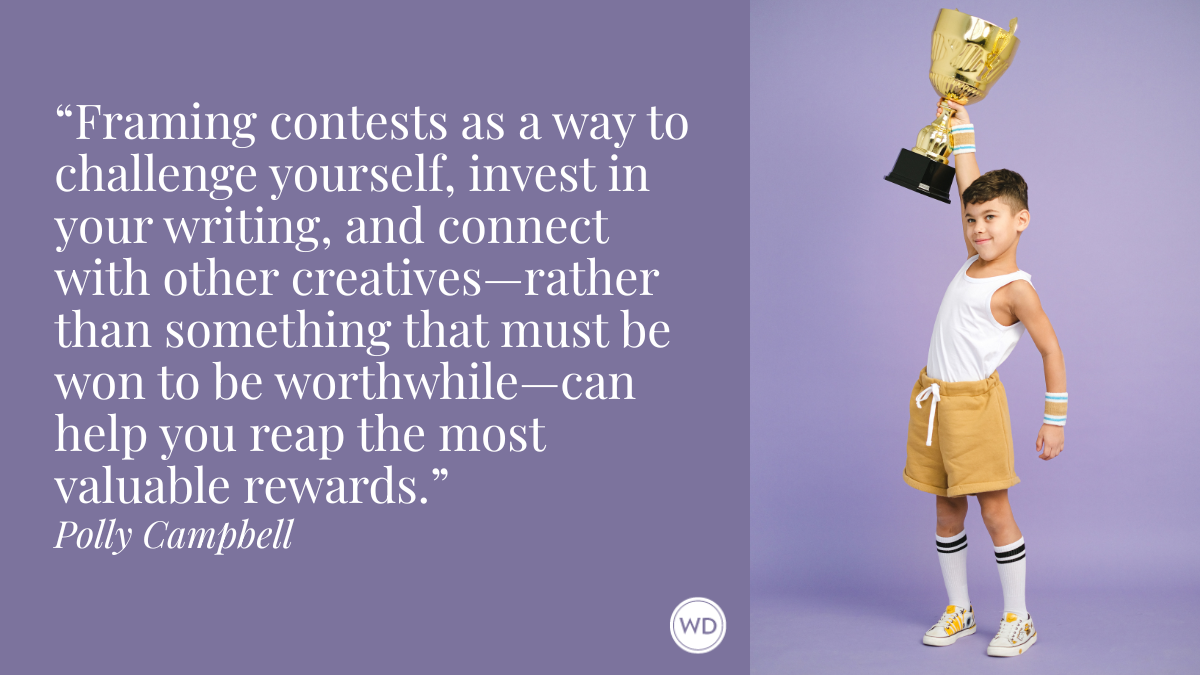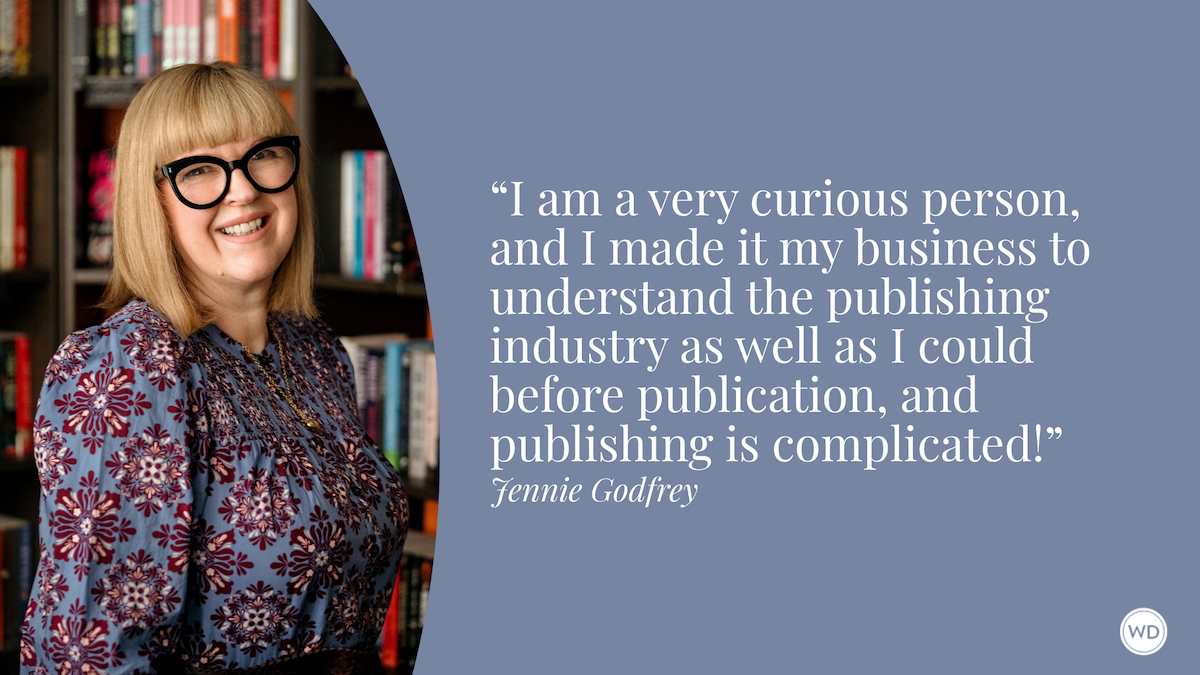A Conversation With Paul Karasik on The Graphic Truth: Writing, Pitching, and Publishing Graphic Novels (Killer Writers)
Clay Stafford has a conversation with two-time Eisner Award winner Paul Karasik on writing, pitching, and publishing graphic novels.
When it comes to graphic novels, Paul Karasik is a voice worth listening to, not only because of his acclaimed body of work, but because of his honesty about the medium’s rewards and challenges. Known for his collaborations with Mark Newgarden (How to Read Nancy) and his adaptation of Paul Auster’s City of Glass, as well as his deeply personal memoir, The Ride Together, Karasik brings both insight and irreverence to the evolving world of graphic storytelling.
In this conversation, I chatted with Paul about the two questions writers ask most: How do you write a graphic novel, and how do you get it published?
“Paul, let’s start with the basics. A lot of people look at a graphic novel and think, ‘Isn’t this just a screenplay with pictures?’ But it’s not, is it?”
“No, it’s not. It may look like a storyboard at a glance, but a graphic novel is its own language. One of the biggest misconceptions is that it’s just a comic book with delusions of grandeur, or that it’s a screenplay in panels. The truth is, comics have their own grammar. It’s a medium, not a genre. That means it can contain fiction, nonfiction, memoir, fantasy, journalism, anything.”
“You’ve said that historically, many of the most compelling comics have come from creators who both write and draw their own work.”
“Exactly. There’s a long and rich tradition of cartoonists being auteurs: handling the script, the drawing, the pacing, the tone. Think of Garry Trudeau, Charles Schulz, or Art Spiegelman. When you do it all yourself, the work has a singular voice. But there’s also a long-standing industry model, especially with superhero comics, where the labor is divided: writer, penciler, inker, colorist, letterer. In that assembly-line model, everyone has a lane. So, if you’re a writer who doesn’t draw, you’re not disqualified, but you do need to understand how the parts work together.”
“Let’s talk mechanics. If I’m writing a script for a graphic novel, what should it actually look like?”
“I recommend that every page of your script corresponds to a finished page in the book. Page one of your script should contain the beats for page one of the final artwork. That helps everyone stay on the same page literally. You also need visual acuity. You’re not just writing dialogue. You’re directing. You should know what the characters look like, how they dress, what era they’re in. You have to describe each panel’s setting and action in vivid detail, even if you're not the one drawing it. For example: ‘Panel 1: The General enters the saloon, pushing through swinging batwing doors, ten-gallon hat crooked, dust clinging to his coat. His boots echo on the wooden floor.’ That tells the artist what to draw and gives the mood. If you don’t include that, you’ll end up with a generic guy in a blazer walking into a sports bar.”
Check out Paul Karasik's Paul Auster's The New York Trilogy here:
(WD uses affiliate links)
“That’s the opposite of screenwriting, where we’re trained not to direct on the page.”
“Exactly. In screenwriting, you’re not supposed to step on the director’s toes. In comics, you’re the director, unless you’re collaborating. Then you’re co-directing. Either way, your job is to get what’s in your head across clearly. Even if you don’t draw, you need to think like a visual storyteller.”
“So, let’s say I’ve written a script. I don’t draw. How do I find an illustrator?”
“First, you need to read. Lots. We’re living through a golden age of graphic novels. You can walk into any bookstore or library and see dozens of styles. Study the work that resembles your tone or subject matter. Is it cartoonish? Realistic? Fantasy-based? Memoir? Figure out the look you’re after, then find artists working in that lane. Then, go deeper. Who published that book? Who was the editor? Publishers are risk-averse by nature. They like what’s already worked. So, if you approach an editor who published a successful memoir-in-comics and your project is similar in tone or format, you have a stronger shot.”
“Should writers approach artists directly, or go through agents or publishers?”
“There are a few routes. You could try to partner with an artist up front. Many graphic novels are pitched that way, as a team. Or you could query a publisher with a script and a visual style reference and let them help pair you with an illustrator. Either way, you need to know what kind of book you’re making.”
“What should a writer include in a submission packet for an agent or editor?”
“Keep it simple and professional. Cover letter, synopsis, and sample pages. If you’re the artist too, send the first finished chapter and a clear outline of the rest of the book. If you’re just the writer, send a few sample script pages that demonstrate you understand the format, and include links or images of the kind of art you envision. You’re not locking yourself in, but you’re showing you’ve thought it through. Don’t overdo it. Agents and editors can usually tell within a few pages whether a project is viable. Sending them a 100-page proposal won’t help; it might hurt. Be clear, be professional, and don’t misspell anything. Seriously.”
“Is it better to query editors directly or to get an agent first?”
“Get an agent. A good agent is worth every penny. They already know who’s buying what. They can get your work to the right person faster than you can, and they’ll protect your rights. If your book gets foreign interest, film rights, or reprint deals, they’ll handle that too. You don’t want to spend your creative energy chasing contracts and payments. That’s their job.”
“Any tips on how to find a literary agent who represents graphic novels?”
“Look at the acknowledgments section of graphic novels you admire. Authors often thank their agents. Or check Publishers Marketplace and see who’s repping whom. There are agents who specialize in graphic novels now, especially with the genre’s growth into schools, libraries, and mainstream bookstores.”
“When a writer and an artist collaborate, how is ownership usually split?”
“It varies, but in many cases, it’s a 50-50 partnership. That’s something to discuss up front, ideally with a contract. You’re co-creators. If one person walks, the book doesn’t get made. So respect and clarity matter.”
“And if a writer doesn’t have an artist in mind, should they still include visual references in their pitch?”
“Yes. You want to show the agent or editor that you understand how this story should feel. Include a scan or two from books that capture the tone or look you’re after. ‘This is the vibe I see for the visuals’ is often enough.”
“You’ve mentioned that your own books tend to find you.”
“That’s true. I don’t sit around trying to guess what the market wants. I do projects I’m compelled to do. Some are deeply personal, like The Ride Together, about growing up with my autistic brother. Others are conceptual, like How to Read Nancy, which is kind of a textbook in disguise. I follow the project, not the paycheck. It’s not a great business strategy. But I’ve never published a book I didn’t believe in.”
“Sounds like the auteur approach.”
“That’s one way to put it. Sometimes people get confused when I talk about my work, because it’s all over the map. But then I say, ‘I’ve been in The New Yorker,’ and suddenly it’s, ‘Oh! You must be legit.’ That name opens a lot of doors, but it doesn’t mean it’s easy.”
“Any final advice for someone who wants to enter the world of graphic novels?”
“Yeah. Don’t do it unless you can’t not do it. This isn’t a get-rich field. It’s hard. You will face constant rejection. Every week, I send 10 to 12 cartoon submissions to The New Yorker. If I’m lucky, I’ll sell three or four a year. That’s it. Why do I keep sending them? Because I have to. It’s a compulsion. It’s who I am. So, if you’re doing this because you think it’s trendy or easy, don’t. But if you’re doing it because you have a story you have to tell, and this is the only way you can tell it, welcome to the club. We’re all figuring it out together.”
____________________________
Two-time Eisner Award winner, Paul Karasik, began his career as the Associate Editor of Art Spiegelman and Françoise Mouly’s RAW magazine. His work has appeared in The New York Times, The Washington Post, and The New Yorker. https://www.paulkarasikcomics.com/



